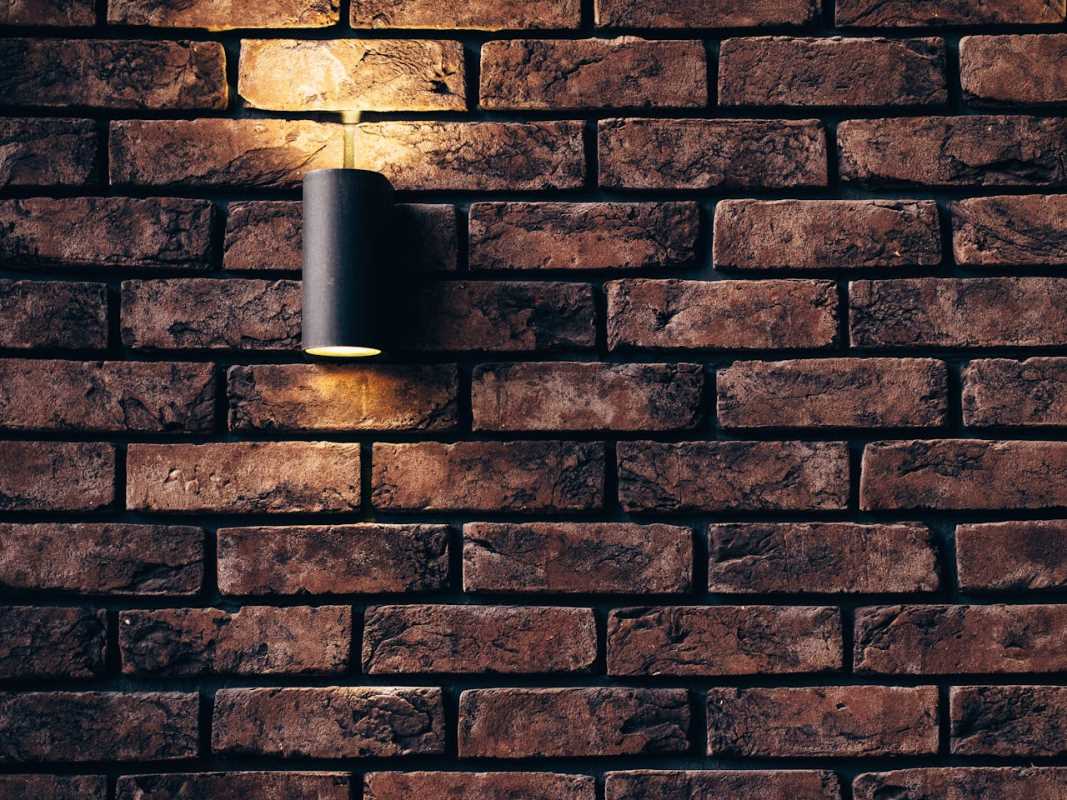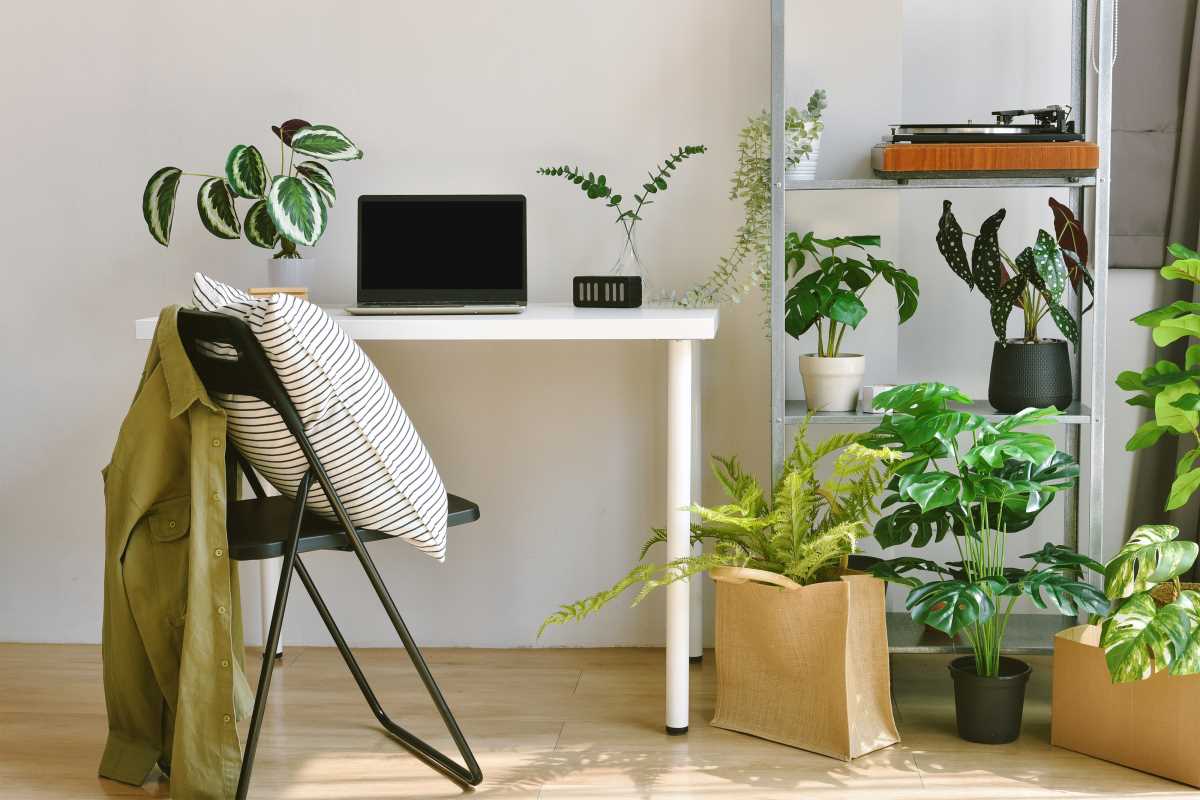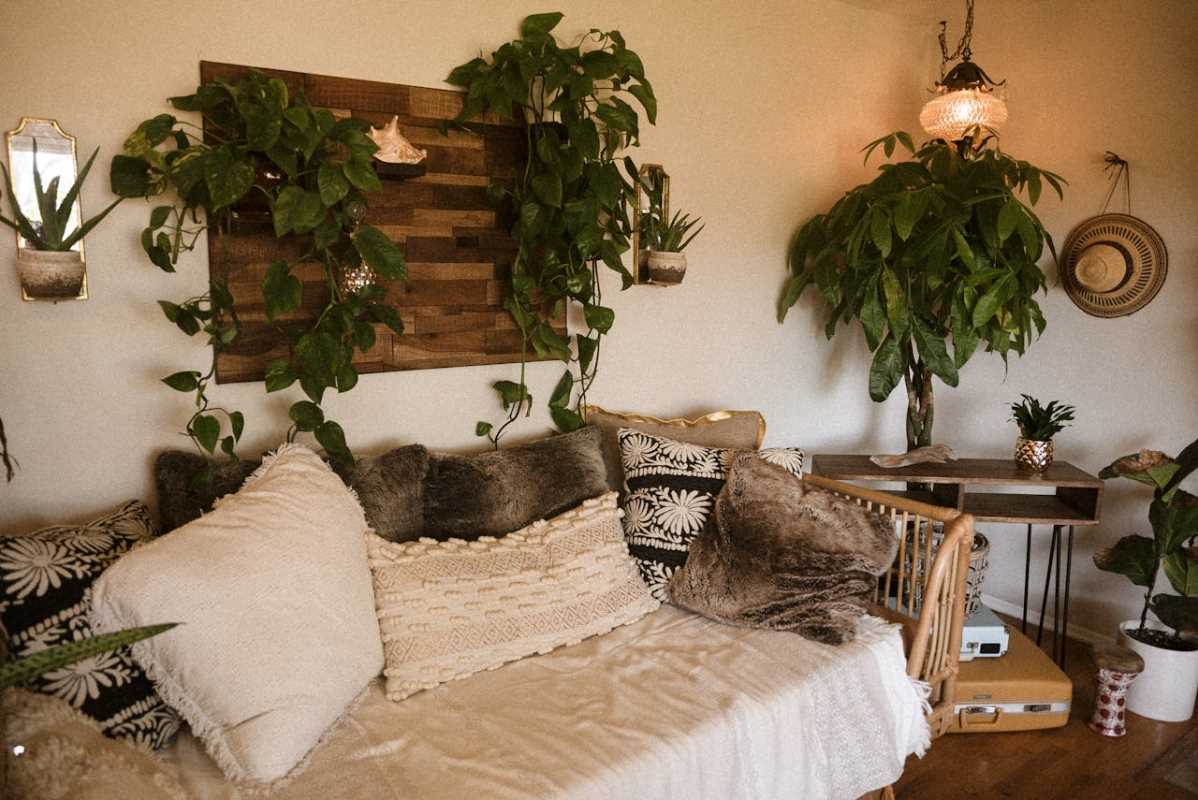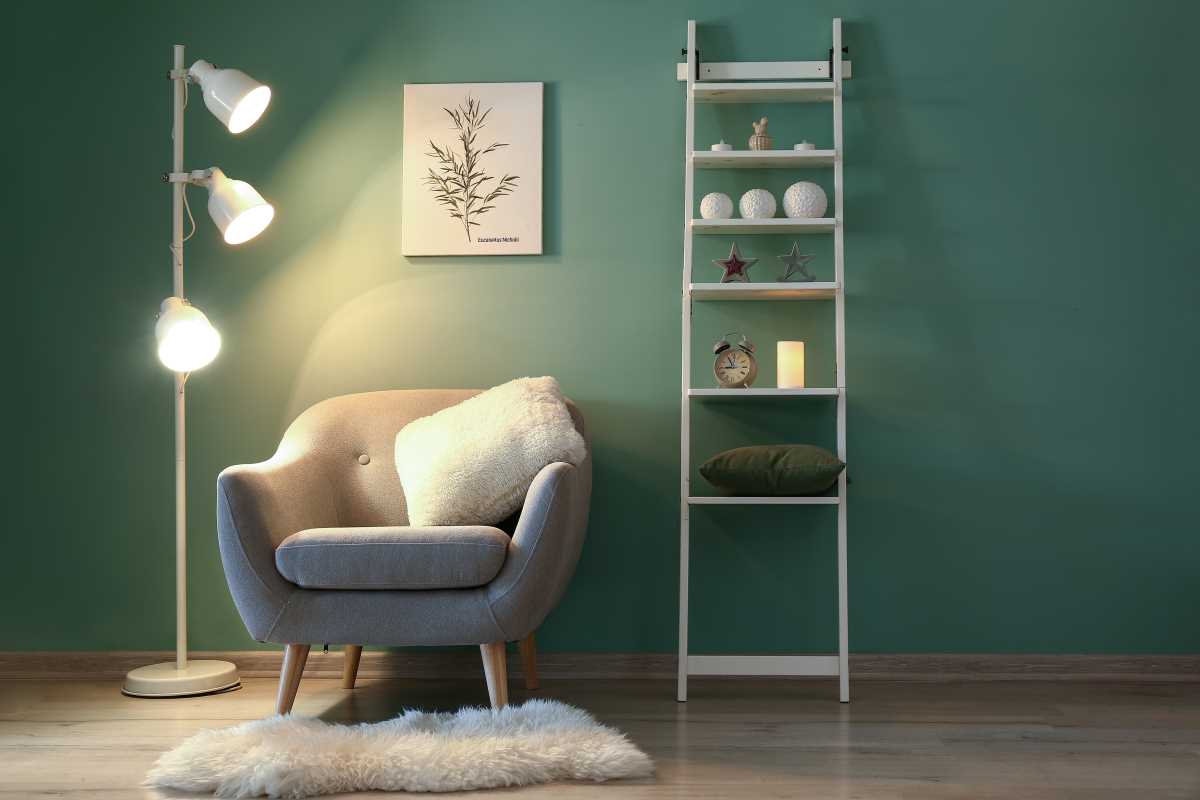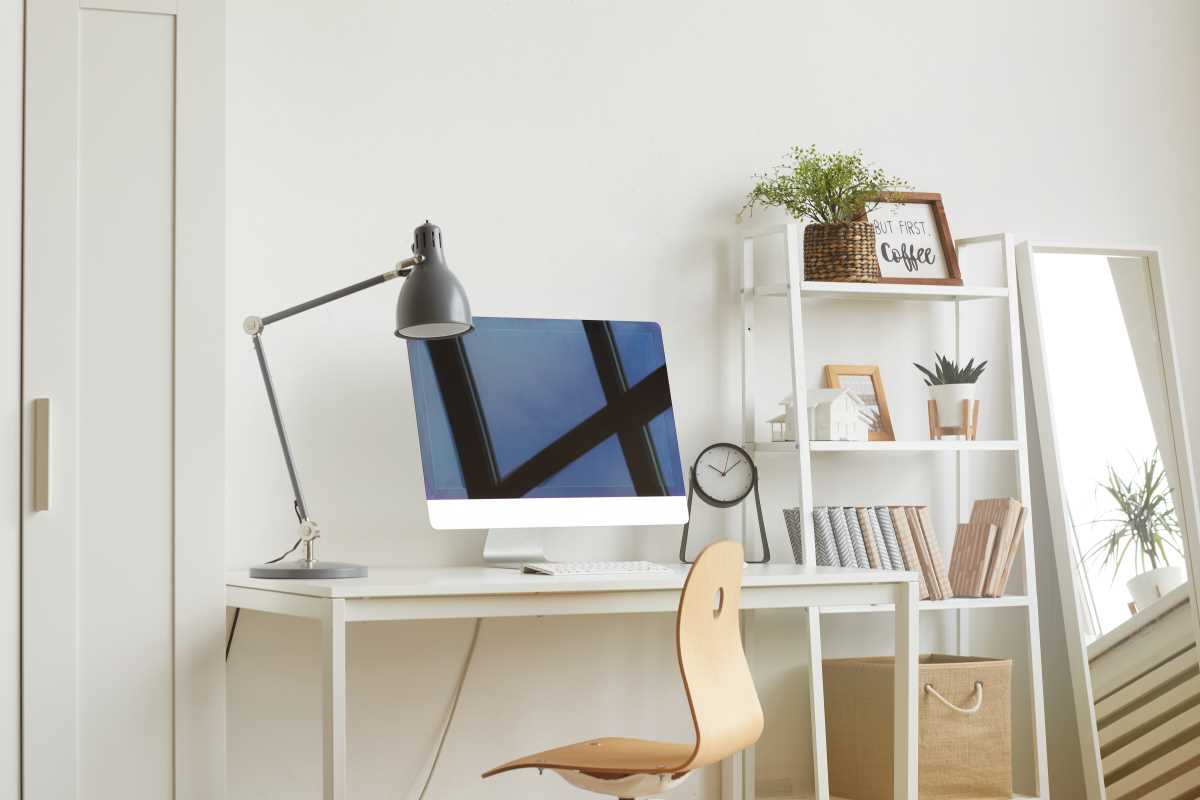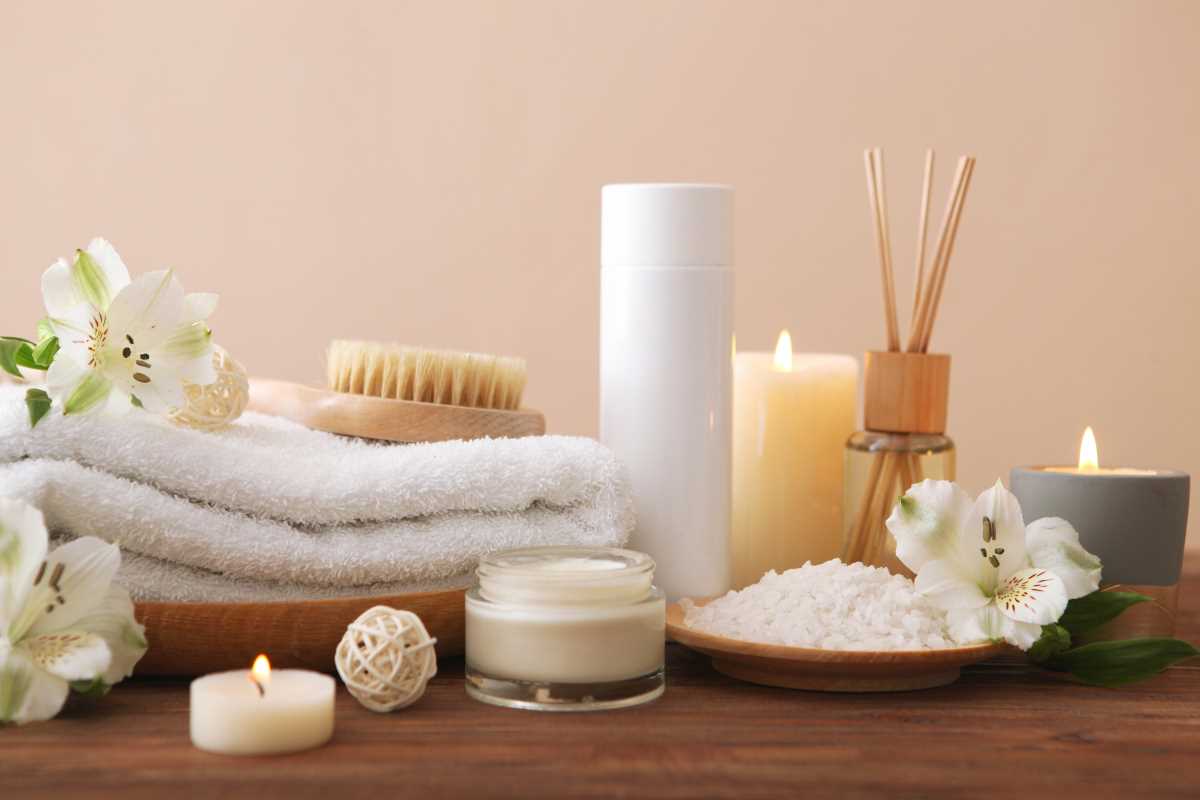Imagine having a miniature, enchanting garden right in the middle of your living room or perched on your desk. Terrariums give you just that! These miniature ecosystems are not only a fun DIY project but also a fantastic way to bring a touch of the outdoors into your home. Plus, they’re low-maintenance, making them perfect for busy lifestyles or anyone without a proverbial green thumb. Curious about how to make your own? Keep reading—we’re about to turn you into a terrarium pro!
Why Terrariums Are Awesome
First things first, why should you even consider making a terrarium?
- They’re super low-maintenance: Because terrariums are their own little ecosystems, they don’t require much attention.
- They’re versatile decor pieces: A terrarium looks as amazing on a bookshelf as it does as a centerpiece.
- They’re calming: Adding greenery to your space can lower stress, and these tiny gardens are endlessly satisfying to gaze at.
- They're customizable: From succulent landscapes to mossy forests, your terrarium can reflect your personal tastes.
With all these perks, it’s time to roll up your sleeves and get started!
What You’ll Need
Before you start, gather your materials. Think of it as prepping for an art project because, honestly, that’s kind of what this is. Here's your shopping checklist:
- A container: Glass containers like fishbowls, mason jars, or geometric terrarium cases work beautifully. Choose one with or without a lid, depending on the look you want and the type of plants you’ll use.
- Plants: Succulents, moss, air plants, ferns, or miniature orchids all work for terrariums. Just be sure the plants you choose have similar light and water needs.
- Pebbles or gravel: These are for drainage. They also add a nice visual layer at the bottom of your terrarium.
- Activated charcoal: This keeps the terrarium fresh by filtering the air and preventing odors. Find it in pet stores or plant shops.
- Potting soil: Regular potting soil works for most plants, but succulents and cacti prefer a cactus-specific blend.
- Decor: Small stones, figurines, shells, or even miniature fairy garden accessories to make your terrarium uniquely yours. Think of this as the finishing touch!
Got everything? Great! Now it’s time to build your terrarium.
Step-by-Step Guide to Creating Your Terrarium
Step 1. Start With a Clean Slate
Make sure your container is sparkly clean, especially if you’re repurposing something like an old vase. Wash it with soap and water, and dry it thoroughly to avoid introducing bacteria.
Step 2. Lay Down the Pebbles
Pour a layer of pebbles or small stones into the container. This serves as the drainage layer, preventing excess water from pooling and causing root rot. Aim for about 1-2 inches of pebbles, depending on the size of your container.
Step 3. Sprinkle in Activated Charcoal
Add a thin layer of activated charcoal over the stones. This layer keeps things fresh by reducing moisture buildup and odors. You only need a light dusting to get the job done.
Step 4. Add Potting Soil
Now comes the dirt! Carefully add a layer of potting soil that’s deep enough to accommodate your plants’ roots. For small containers, 2-3 inches should be enough, but adjust based on your plants.
Step 5. Position Your Plants
Time for the fun part! Arrange your plants in the soil. Be gentle with the roots and make sure to leave enough space between plants if you’re using more than one type. For succulents, think of grouping them at slightly different heights to create dimension. If you’re adding moss or ferns, give them space to spread out a little.
Step 6. Add the Finishing Touches
This is where you get to flex your creativity. Add decorative stones, fairy garden accessories, or even tiny figurines to bring your terrarium to life. Give your creation a theme if you’d like, like a tropical island or a lush forest.
Caring for Your Terrarium
Terrariums are pretty self-sufficient, but they do appreciate a little TLC!
- Lighting: Place yours in indirect light. Too much direct sun can make your terrarium overheat, especially in a closed glass container. If you’re growing succulents, a brighter spot works well, but keep them out of scorching sunlight.
- Watering: Less is more. Terrariums in open containers may need a light misting every 2-3 weeks, while closed terrariums thrive off their own humidity and rarely need water. Check the soil before adding any moisture.
- Pruning: If a plant becomes overgrown or starts touching the sides of the glass, give it a little trim. This keeps your terrarium looking clean and crisp.
- Dusting: Keep the outside of the glass clean so you can clearly see your masterpiece.
Fun Plant Pairings for Terrariums
Not sure which plants to use together? Here are some ideas to mix and match styles and textures for a dynamic look:
- Succulent Wonderland: Use rosette-shaped succulents like echeverias with tall, spiky aloe plants. Sprinkle in some tiny pebbles for an arid, desert vibe.
- Mossy Magic: Fill a container with moss, miniature ferns, and smooth river stones. Add a figurine like a small mushroom or gnome for a fairy garden feel.
- Tropical Miniature: Use ferns and baby orchids with a hint of moss, then top it off with a miniature tiki totem for vacation vibes.
Why You’ll Want Terrariums All Over Your Home
Beyond just looking cute, terrariums give off a fresh, calming energy that instantly makes your space feel more alive. They’re a fantastic way to include greenery in apartments, small rooms, or even office desks. Plus, they’re a great conversation starter when guests come over!
Terrariums also make amazing gifts. Whether it’s for a birthday, housewarming, or just because, a custom terrarium is personal and heartfelt without being difficult to make.
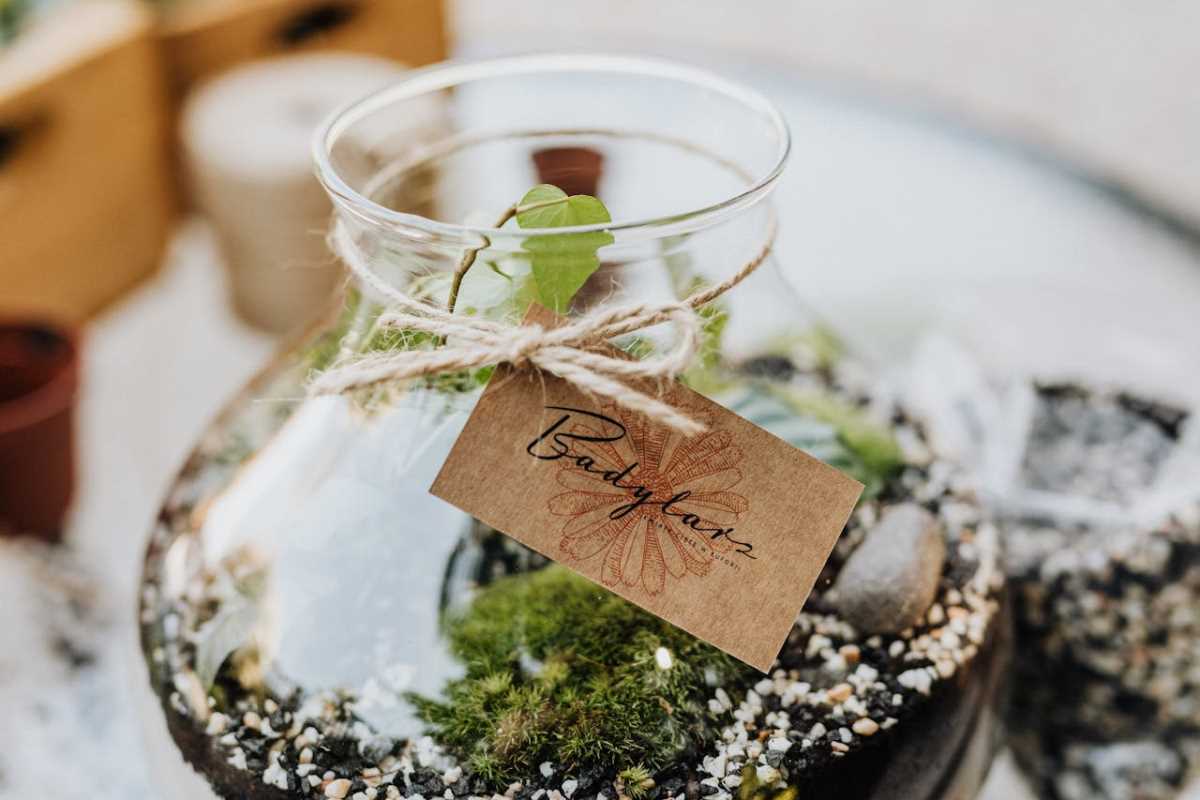 (Image via
(Image via